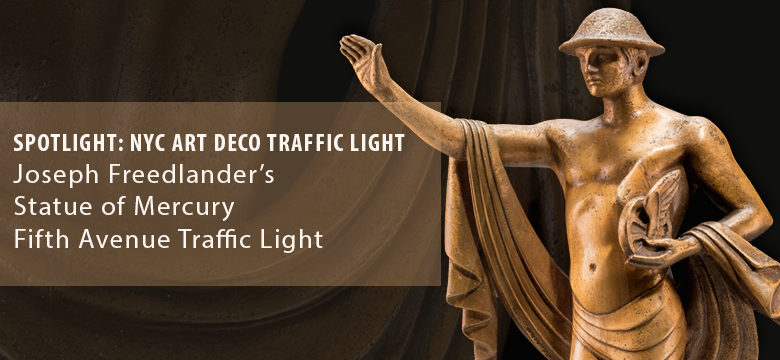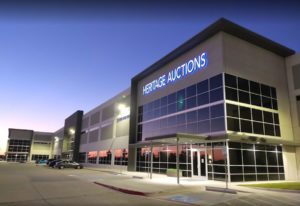
In a day and age when driving your car has become almost second nature, it is hard to imagine a time when the automobile was just coming onto the transportation scene. There really were no rules and even less etiquette with regards to right of way. Imagine navigating block after block of bustling downtown activity where a car might have to share the road with horse drawn carriages, wagons, crowds of people and other inexperienced drivers behind the wheel of their brand new automobiles. This was a world just after the turn of the century in need of regulation, not just to save time but to save lives.
 In 1913 The New York Times reported that from 1910 to 1912, the number of people killed by either wagon, streetcars or automobiles was 532 and 95% of the people killed were pedestrians. Death rates for wagons and streetcars had dramatically dropped over that time period while the fatalities from automobiles jumped from 112 to 221. Even with these daunting numbers the world’s first electronic traffic signal wasn’t installed until August 5, 1914, and was erected in Cleveland, Ohio according to the History channel.
In 1913 The New York Times reported that from 1910 to 1912, the number of people killed by either wagon, streetcars or automobiles was 532 and 95% of the people killed were pedestrians. Death rates for wagons and streetcars had dramatically dropped over that time period while the fatalities from automobiles jumped from 112 to 221. Even with these daunting numbers the world’s first electronic traffic signal wasn’t installed until August 5, 1914, and was erected in Cleveland, Ohio according to the History channel.
It took five years after The Times article for the first traffic light to make its debut and it wasn’t until 1920 that the first permanent traffic light began regulating traffic flow in the busiest city on the East Coast. Originally designed as not much more than a box with two lights, the traffic lights made an immediate impact. However, their plain design left much to the critical eye of New York business owners and downtown residents.
The Fifth Avenue Association gave the city a new set of Joseph H. Freedlander designed signals in 1922 to be used from 14th to 57th Streets. Freedlander’s design was a four-direction, two light signal raised on a slender standard. It was one of the first examples of timed traffic lights in the city, alleviating street congestion. Initially, a total of seven ornate towers were placed along Fifth Avenue with bronze statues of Mercury adorning the top. The art deco style followed the growing theme of enhancing public taste through civic beauty. Eventually, the bronze Mercury topped traffic lights stretched from 8th to 59th Street and a total of 104 statues kept a watchful eye on New Yorkers for the next nearly five decades.
Shockingly, the last of these Mercury examples were removed in 1964 and transportation employees were ordered scrap the entirety of the signals, including the Mercury finials. Very few figures are recorded to have survived including one in the possession of the Fifth Avenue Association, two in the Museum of the City of New York, and approximately three in private collections.
Heritage Auctions is proud to offer one example of the Joseph Freedlander designed Statue of Mercury, Fifth Avenue Traffic Light Decorations in the March 17-19, Through the Modernist Lens: A Distinctive Hollywood Collection of Art Deco and 20th Century Art auction.


Leave a Comment